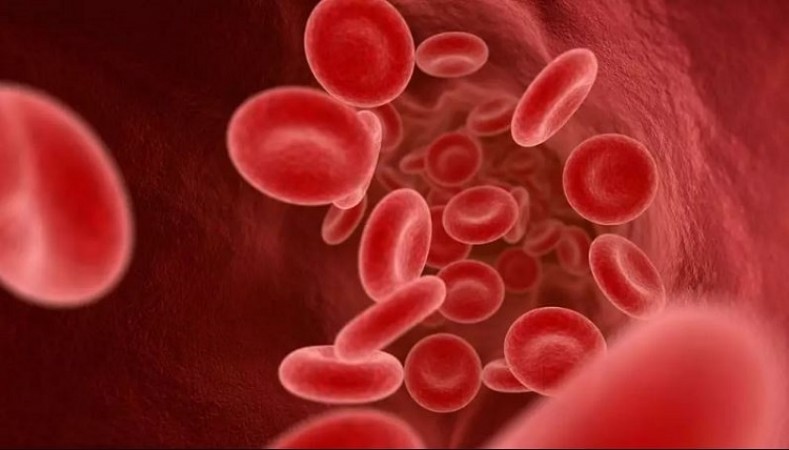
Sickle cell anemia is a hereditary blood disorder characterized by abnormally shaped red blood cells. This condition affects millions of people worldwide, particularly those of African, Middle Eastern, Indian, and Mediterranean descent. In this article, we will delve into the details of sickle cell anemia, its causes, symptoms, complications, and most importantly, how to prevent it.
Understanding Sickle Cell Anemia: Sickle cell anemia is caused by a mutation in the gene responsible for producing hemoglobin, the protein that carries oxygen in red blood cells. This genetic alteration leads to the production of abnormal hemoglobin, known as hemoglobin S. When oxygen levels in the blood are low, the red blood cells with hemoglobin S become rigid and assume a sickle-like shape. These misshapen cells can cause blockages in blood vessels, resulting in reduced oxygen flow to various organs and tissues.
Symptoms and Complications: Individuals with sickle cell anemia may experience a range of symptoms including fatigue, pain crises, susceptibility to infections, delayed growth and development in children, and anemia. The pain crises, known as sickle cell crises, can be excruciating and occur when the sickled red blood cells block blood flow. These crises can affect different parts of the body, including the chest, abdomen, bones, and joints. Over time, sickle cell anemia can lead to organ damage, stroke, vision problems, and other severe complications.
While sickle cell anemia is a genetic disorder that cannot be cured, it can be prevented through several strategies:
Individuals who carry the sickle cell trait can pass the condition to their children. Genetic counseling and testing can help identify carriers of the sickle cell trait, allowing prospective parents to make informed decisions. This process involves assessing the risk of having a child with sickle cell anemia and discussing available options, such as preimplantation genetic diagnosis or prenatal diagnosis.
Prenatal Diagnosis: Prenatal diagnosis involves testing the fetus for the presence of sickle cell anemia. If both parents are carriers, prenatal testing can identify affected pregnancies, enabling parents to make choices based on the results. Options may include therapeutic interventions or preparing for the care of a child with sickle cell anemia.
Sickle cell anemia is a genetic blood disorder that can have a significant impact on the lives of individuals and their families. While a cure for sickle cell anemia is still being researched, preventive measures such as genetic counseling, prenatal diagnosis, newborn screening programs, and education can help reduce the prevalence of the condition. By implementing these strategies, we can work towards a future where fewer individuals are affected by sickle cell anemia and ensure that those with the condition receive appropriate care and support.
Effective Foods for Shielding Your Skin from Sun Damage
Varicose Veins in Pregnancy: Causes and Prevention - Insights by Dr. Himanshu Verma
National Apple Strudel Day: Health Benefits of Apple Strudel